Whether Dogs Can Really Be Evil
When it comes to dog behavior, people tend to divide breeds into “good” and “bad” ones. However, studies show that owner-dependent factors influence dog behavior more than breed. Dogs and humans see the world differently. Regardless of their size, dogs live by their own laws and behave exactly how dogs typically behave. Scientists have found that in the animal kingdom, representatives of the canine family are prone to honest and fair games based on morality. But that doesn’t mean dogs can’t be aggressive. The only question is what the reason for such behavior is, and the answer is far from the dog’s “intention” to cause harm.
5-Minute Crafts found out whether dogs can be evil by nature and why it’s important to find the reasons for aggression if it appears.
Can dogs be evil?
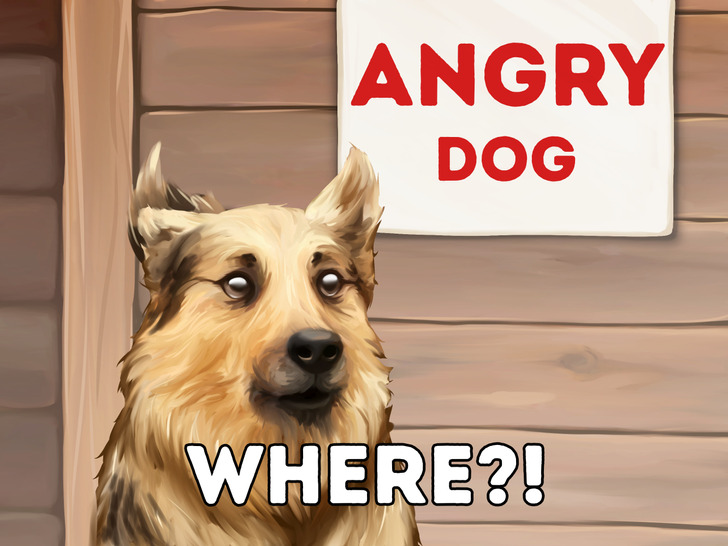
A dog can show aggression for a variety of reasons. However, being evil in the sense people understand it — consciously and deliberately harming other creatures — is not characteristic of a dog.
Observation of different animals showed that, in more than 90% of the cases, they tend to behave prosocially and positively towards those around them. In other words, in the animal world, it isn’t customary to cause deliberate harm to the surrounding creatures. Of course, there are exceptions, but very few, and they don’t reflect the generally accepted group behavior.
Studies of packs of dogs, coyotes, and wolves showed that they are characterized by morality-based behavior similar to humans’. In games, canines demonstrate altruism, forgiveness, tolerance, reciprocity, and justice. They follow a strict code of conduct that socializes puppies and teaches them the set rules so their community can succeed. Additionally, the animals try to maintain justice so that each participant can play with anyone and even win. This, in turn, maintains the strength and cohesion of the pack.
Evolution: the most honest ones survive
During play, if the game suddenly goes out of control and someone is bitten harder than they should, the guilty one uses special signals to show remorse for overacting, asks to continue the game, and promises to behave fairly. As a rule, forgiveness and understanding are expected in the pack, not only during play but also in everyday life. Scientists have noticed that violating social norms established during play is not beneficial for the dogs to pass on their genes. The apology for violating social norms must be sincere; otherwise, the deceiver may be expelled from the pack. In this case, they are 4 times less likely to survive, and the violator won’t be able to pass on its genes to new offspring.
Thus, decent behavior during play is due to evolution and helps maintain social bonds. Canids, including dogs, have emotional intelligence that helps them discern right from wrong within a pack. They create complex networks of social relationships and live by established rules. Fairness and respect for the accepted order are the foundation that keeps their community stable and ensures survival.
Reasons for aggression in dogs
Dogs are not capable of doing evil or harming someone intentionally. If they show aggression, there are reasons for it. It’s crucial to remember that a dog sees the world differently from humans, so it behaves in the way that is characteristic of a dog. For example, if a dog commits an act of aggression on command, it doesn’t analyze whether it’s good or bad, right or wrong, or whether someone will suffer or not. It executes the master’s command simply because it has to.
But if angry behavior occurs without an appropriate command, it is necessary to understand what caused it. When aggression gets out of control, the dog and those around him could be harmed. That’s why finding the cause of the animal’s distress is vital to help it calm down.
The reasons can be the following.
Pain or disease
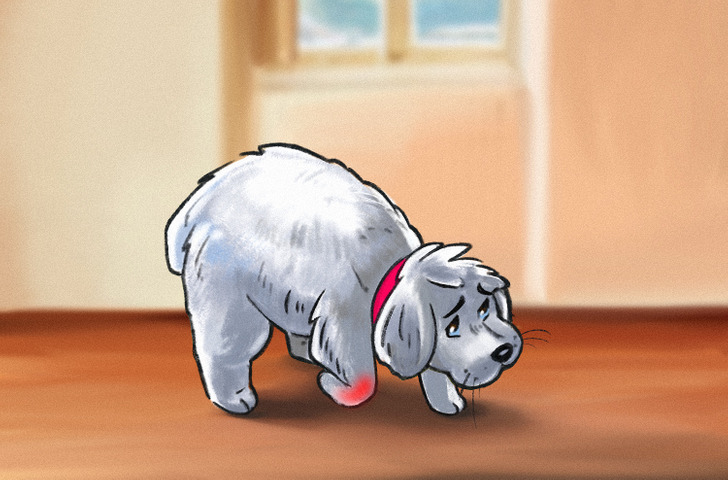
Disease is the most common reason for problematic behavior in dogs. If the pet hasn’t shown signs of aggression before, then the reason probably is that it’s experiencing some kind of pain. It could be an injury that causes physical discomfort or even a disease that affects the brain.
Before jumping to conclusions, consult with a veterinarian.
Fear
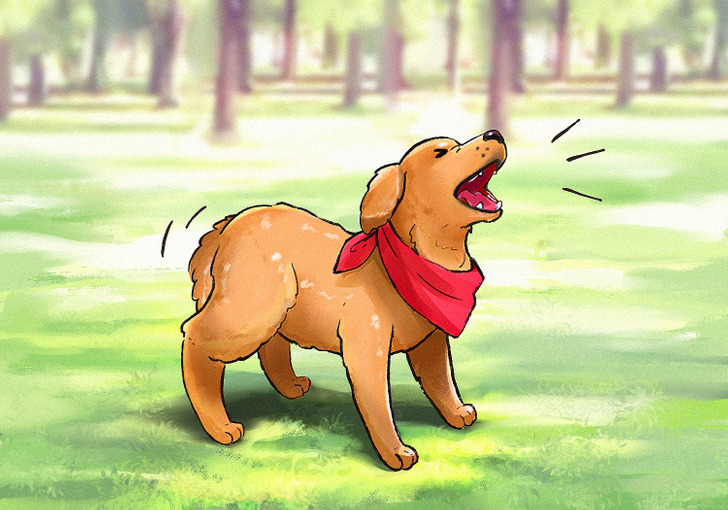
A dog that feels scared may show aggression. It thinks it’s in danger and tries to defend itself. The threat can be real or imagined. In cases of anxiety disorder, the animal cannot distinguish real from imagined danger, and harmless actions will seem threatening to it, so it will be forced to fight back. The more fearful the dog is, the higher the likelihood of defensive behavior. It was also noticed that small dogs are more likely to show aggression than mid-size and large breeds.
Demonstration of leadership
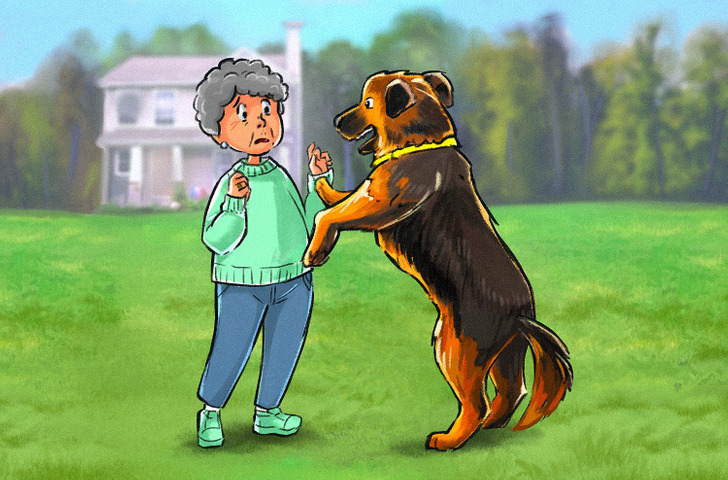
Dominance is not a character trait but behavior that manifests itself to a greater or lesser extent depending on specific circumstances. This reason is not as common as others, but the struggle for leadership can also be expressed with fangs and growls. This manifests in cases where the pet feels its authority is being challenged. Usually, this is directed at other dogs, but sometimes it can affect a person too.
Possessiveness
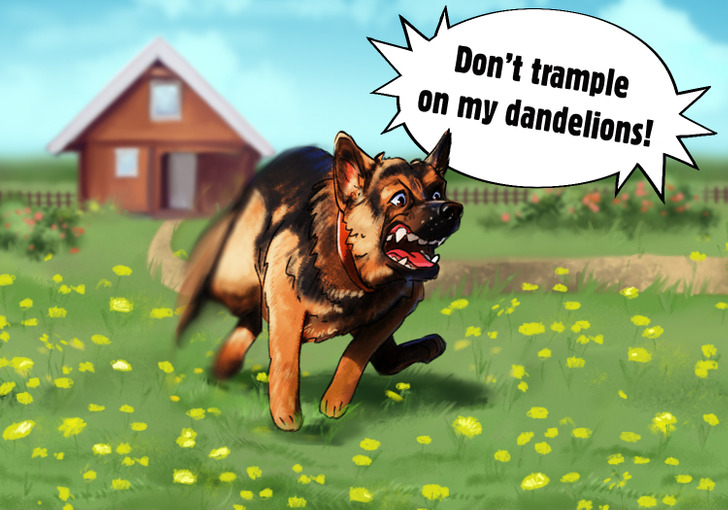
The feeling of possessiveness of objects and food, or resource guarding, can also be the cause of aggressive behavior. When a dog considers that something is valuable, it seeks to protect it from other people or animals, even if the animal knows them.
It can also relate to the territory. If a dog thinks a stranger trespassed on its “land,” it will protect it.
Frustration and disappointment
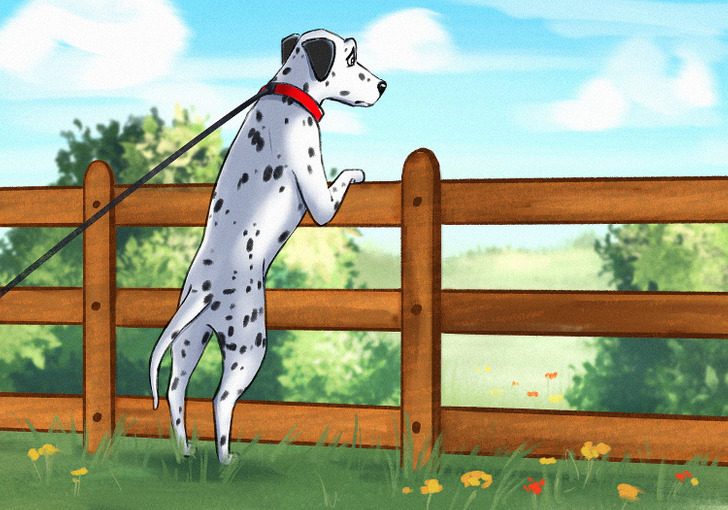
Frustration occurs when certain expectations are not met. Aggression caused by frustration can be redirected to someone who is nearby. Suppose a dog is limited by physical barriers in daily life (for example, it’s chained or locked up) or cannot get what it wants for other reasons (for example, to play with relatives or receive a reward). In that case, its frustration may build up and escalate into aggression at some point. The dog is upset and thus expresses its feelings.
Lack of training and socialization from the owner
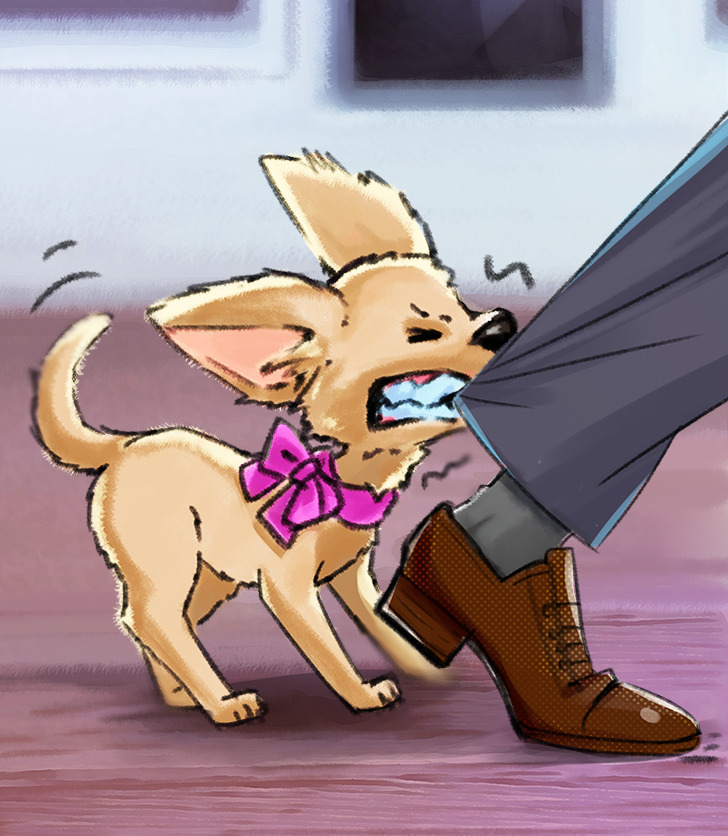
Studies have shown that small dogs are more likely to demonstrate aggressive behavior than medium and large dogs. This is because owners tend to treat small dogs differently than larger ones: they are less likely to be played with and less likely to be trained to obey. According to research, people think that the small size of a pet will allow them to control the animal during attacks of aggression, and they don’t always see their behavior as a threat. However, the size of the dog doesn’t remove responsibility from its owner. It’s impossible to keep track of everything in the world, including the sharp teeth of a pet.
But it’s not only small dogs that can be badly trained. People frequently attribute innate anger to dogs of fighting breeds. However, scientists found out that the breed has little to do with aggressive behavior compared to factors that are entirely dependent on the owner. Here are the main mistakes that lead to uncontrolled pet behavior:
- The owner’s lack of experience (it’s the first dog in the family)
- The owner’s inability to teach the dog basic obedience skills (in 40% of the cases, aggression is associated with the insufficient authority of the owner because the dog didn’t undergo a training course or only passed the minimum part).
- The dog is spoiled too much.
- The pet was adopted without thorough thinking (it was a present or an impulsive decision).
- The owner spends little time with the dog at home and during walks etc.
Professional assistance and training help solve and correct the pet’s behavior issues in most cases.